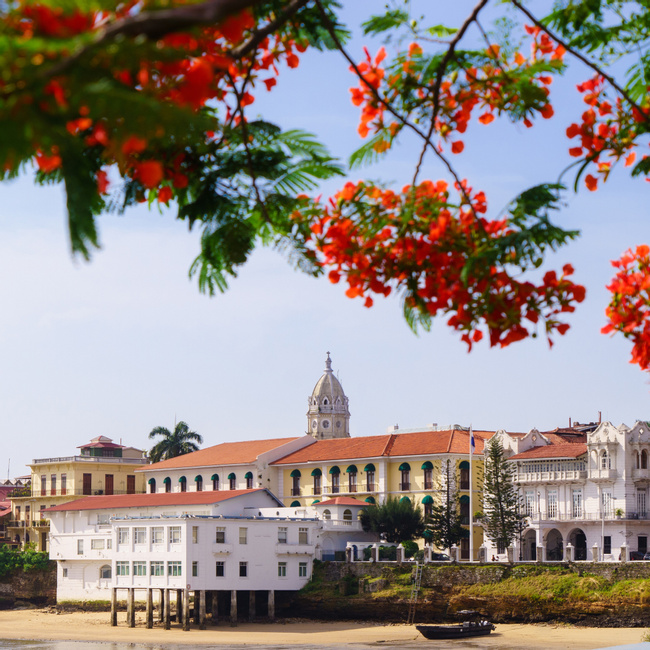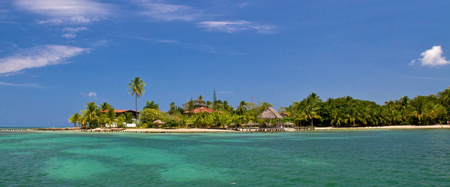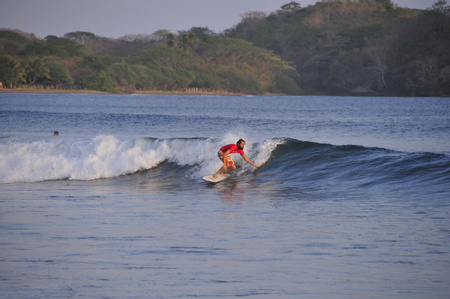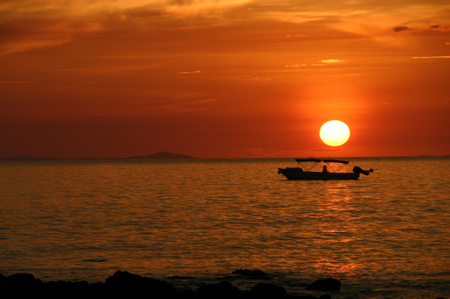Where is the best surfing in Panama?
Surf's up in Central America! It's time to head to Panama for a beach holiday. Home of the Panama Canal, the nation also hosts epic waves for riders of all experience levels; so, keep reading, and book your wet and wild adventure today...

Surf getaway destinations
So, you've finally arrived in Panama and are ready to ride some waves! Panama is loaded with good surf spots, both for beginners and more advanced riders. Bocas del Toro has a solid showing, as do beaches along the Pacific coast, including Playa Santa Catalina, Playa Venado, and Playa Cambutal. Some spots have beach breaks, while others have rocky point breaks.
For full details, you'll want to read our ""Panama Surfing Guide." Here you'll find everything you need to pick the best beaches for your needs. You'll also find insider tips regarding what to look out for in the water, and what to bring if you'll be visiting some of Panama's more remote surf haunts.
Prepping for your surf getaway
Your Panama surf holiday begins with a bit of planning. Panama entry requirements can vary, so you want to be sure that you're getting the most up to date information before your trip. Bookmarking our Panama entry requirements page will be a big help. Essentially, you'll need a valid passport, and proof of US$500 and onward travel. With the legalities out of the way, it's time to focus on the fun part of trip-planning...
You can get to Panama by bus or boat, but flying is typically the most convenient and comfortable method of transportation. The best time to visit Panama (especially for surfing) is during the dry season, when the contrast of warm sunshine and cool ocean waves will be at its most pleasurable. This occurs during the months of mid-December to mid-April. The exception? If you're heading to Bocas del Toro, the driest months are September to October and February to March, so you have two seasonal opportunities to book your getaway.
What to bring to Panama depends on when you visit and which activities you plan on doing besides surfing, but a good rule of thumb is to pack light, moisture-wicking clothing to combat the warm humidity.
Related Questions
- Is Panama family friendly?
- Where is the best fishing in Panama?
- Where are the nicest beaches in Panama?
- What are the top activities in Panama?
- When is the best time to go to Panama?
It's more than just having a good time or visiting beautiful places (although that's absolutely a part of it!), it's about being part of a unique experience that stays with you.






